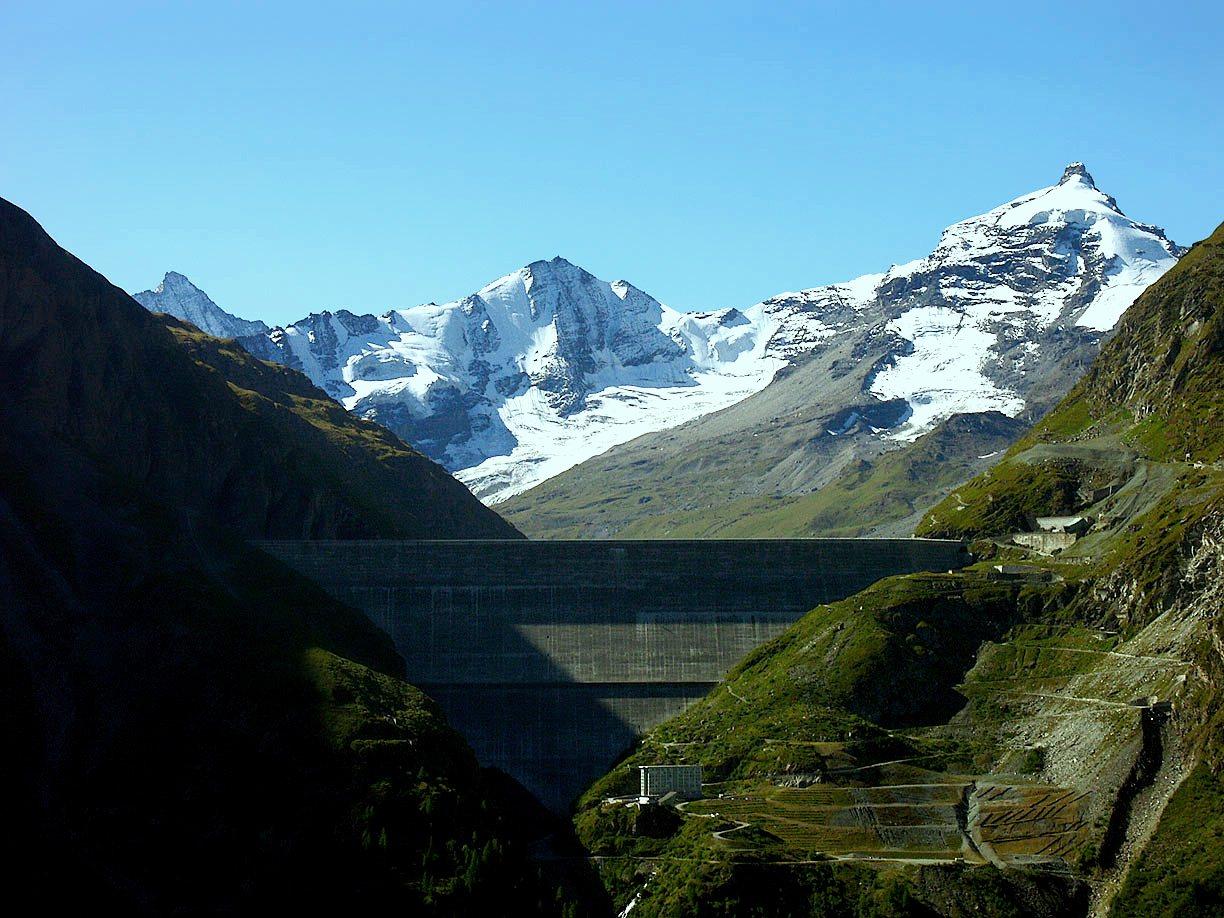The mountainous parts of Switzerland provide much for the country: spectacular landscape, wildlife, tourism, energy and agriculture, to name but a few. In coming years, the country’s energy system will undergo a transition towards one dominated by renewable energy. In fact the country already produces 56% of its electricity from hydroelectric facilities. The national energy strategy entails an expansion of the capacity, coupled with new geothermal installations, and also wind and solar plants. The high altitude slopes and passes offer a significant opportunity since they are bathed in intense solar radiation and often experience strong winds. Tapping into these sustainable resources could be the key to unlocking Switzerland’s future renewable energy system.
However this endeavour carries with it great risk alongside the possibilities. Large infrastructure is in danger of suffering damage from a range of natural hazards including avalanches, landslides and storms. Flooding events can disrupt the operation of dams, and persistent weather patterns could massively influence production from wind and solar facilities over monthly timescales. How can the wind, solar and water power resources of the mountains be harnessed, such that a reliable and clean supply of electricity is provided for decades to come? How can such a system be constructed such that it is resilient to the dangers unique to alpine regions, including extremes of weather over a range of timescales?
This project aims to address these lines of enquiry. We will make use of the most recent datasets and models to predict the economically feasible yield from wind and solar generating facilities in the mountainous part of Switzerland. We will develop tools to enable the optimal placement of this infrastructure taking into account energy productivity, danger due to natural hazards, proximity to existing electrical and transport infrastructure and effect on the electrical transmission and distribution systems. We will analyse the balancing and storage needs of such scenarios, and establish management strategies for their robust operation. This robustness will be tested not just for typical conditions, but also for contingent situations of extreme and/or persistent meteorological events.
The results will be a set of guidelines and methods for the optimal siting and operation of renewable energy facilities in alpine regions. They will assist in the planning of Switzerland’s energy transition and also be applicable to other countries which also exhibit the risks and opportunities that mountain ranges bring.
